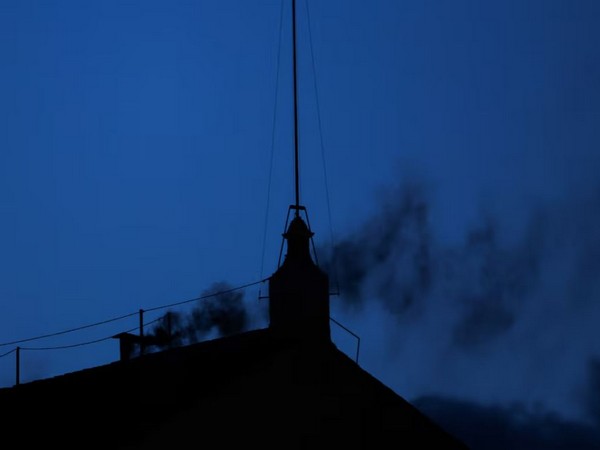Black smoke rose from the chimney of the Sistine Chapel on Wednesday, indicating that the cardinals did not elect a new pope on the first day of the conclave, CNN reported.
The cardinals have returned to the Santa Marta residence, where they will remain sequestered until the second day of voting begins on Thursday.
The elections of Pope Benedict XVI and Pope Francis were swift by historical standards. Both were elected on the second day of voting—Pope Benedict after four rounds, and Pope Francis after five.
Pope John Paul II, Pope Benedict’s predecessor, took slightly longer. He was elected in 1978 on the third day of voting, during the eighth round.
Conclaves held earlier in the 20th century typically took more time. In 1903, it took five days of voting to elect Pope Pius X—the same duration it took to elect Pius XII in 1939.
The Catholic Church began the highly secretive process known as the “conclave” on Wednesday to elect the next pontiff, following the death of Pope Francis last month. There are 133 voting cardinals, and any candidate must receive more than two-thirds of the vote to become the new Pope.
At the end of each voting session, the cardinals burn the ballots. Black smoke signifies that no consensus has been reached, while white smoke signals the election of a new Pope.
The conclave process is highly secretive, allowing the Church and the cardinals the “freedom” to choose a pope without outside influence, Rev. Sam Sawyer, a Jesuit priest and President and Editor-in-Chief at America Media.
“I think the secrecy is really meant to help the cardinals discern in freedom. It gives them the ability to vote according to their own conscience for the man they believe is best suited to be Pope,” Sawyer said.
While today the conclave allows for freedom of conscience and open discussion among cardinals, historically the secrecy served a more protective purpose, Sawyer noted, according to CNN.














